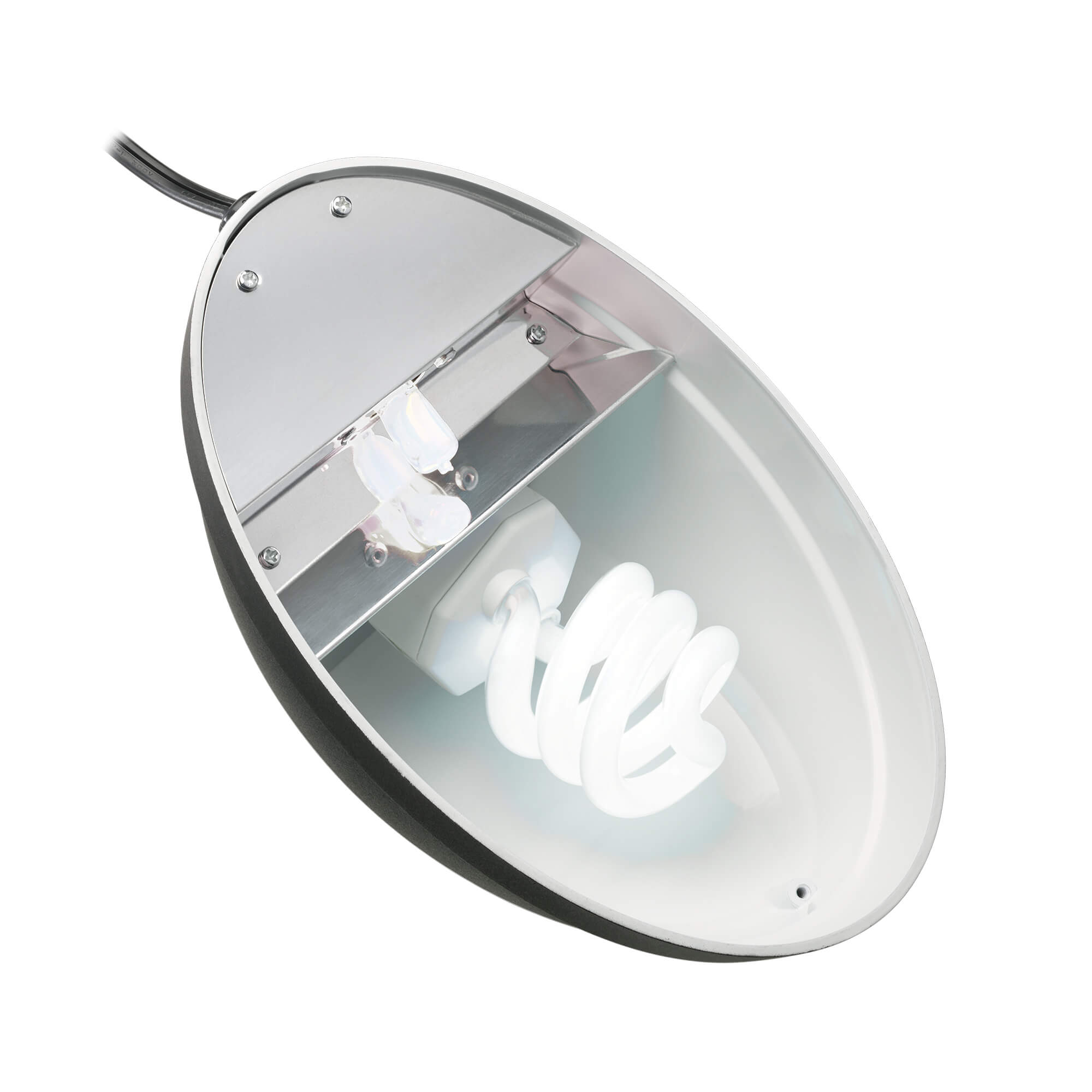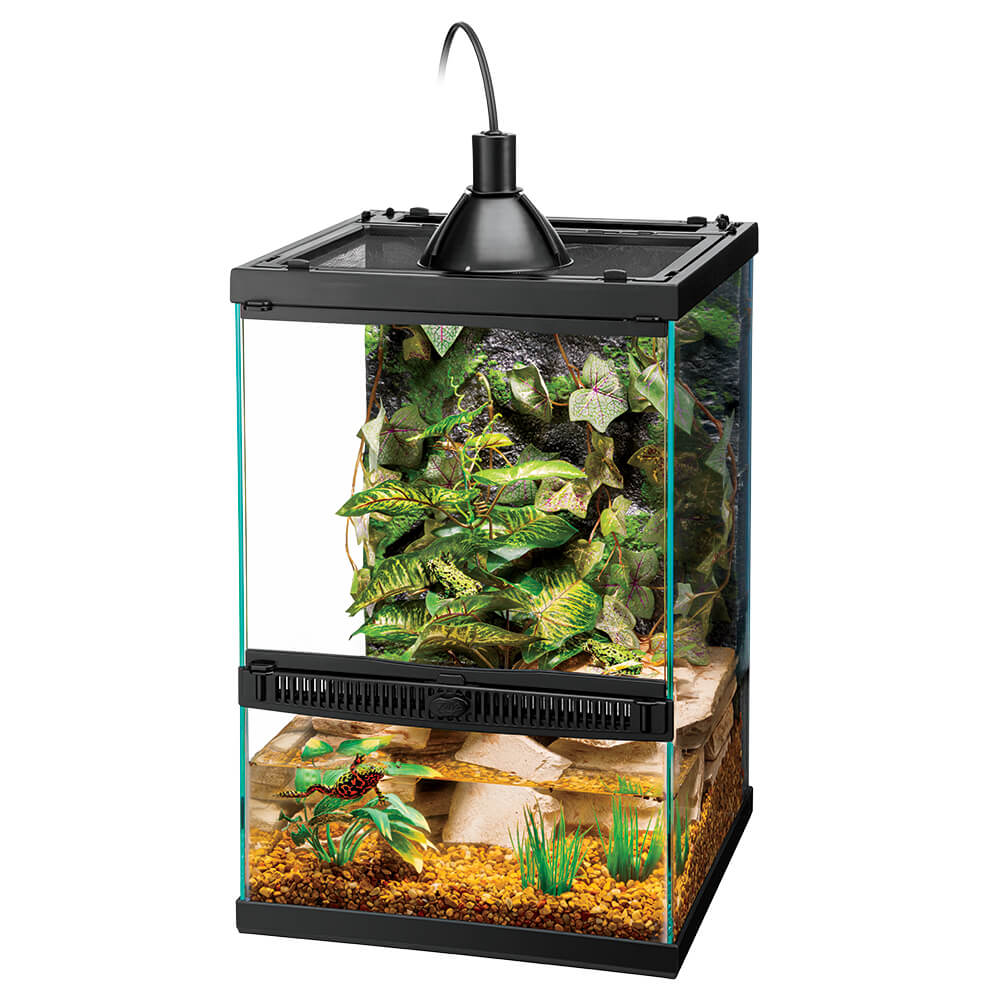Field Herping with Zilla: Snake Road, Shawnee National Forest
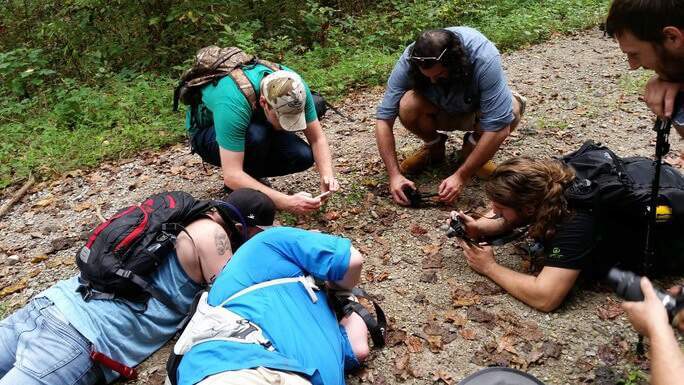
While many people keep reptiles and amphibians as pets, there is an entirely different world available to those who enjoy these awesome creatures – the world of field herping. Field herping is the act of searching out and finding these animals in their natural habitat. The idea behind field herping is to discover and record the native reptile and amphibian population while keeping the surroundings clean and seemingly untouched. When found, the reptiles and amphibians are admired, photographed and carefully released back where they were found.
Field herpers generally keep three lists:
- First – a long list of species they have found and photographed
- Second – a target list of species for each year and/or a list of species they have yet to find
- Third – A “dream list” of the species that drive them and will create a life defining moment when found.
There is nothing like walking through a wooded area on search for a specific species and finally coming upon that salamander, snake or frog. After spending hours flipping logs, rocks, looking under leaf litter, hoping for a glimpse of that special creature, you finally come upon it and there is an instant connection to the animal and its surroundings. You get an intimate view on where it lives, how it lives and so many other fascinating details. It gives you a profoundly caring feeling for both the animal and its environment; increasing your awareness of the importance conservation and the need to protect the wellbeing of these amazing creatures for future generations to find and enjoy.
This year myself and a large group of friends set out on our annual Fall Field Herping Adventure to one of the most amazing herpetological hotspots in the world – Snake Road. This two and a half mile gravel road is the only road in the world that is closed off twice a year for reptile and amphibian migration. Two things make it the incredible herpetological wonder that it is: its location and the geography around the road.
Snake Road is located in the very southern tip of Illinois in the Shawnee National Forest. This location is where the northern most range of US southern species and the southernmost range of US northern species overlap. Because of this, there is a plethora of species from both south and north areas of the US all in one spot. On the east side of the road are tall bluffs and cliff faces. On the west side is a marshy swamp area. In the fall the animals migrate up into the bluffs to hibernate deep in the crevices of the rocks and in the spring they migrate down to the water to eat and breed after their long winter hibernation.
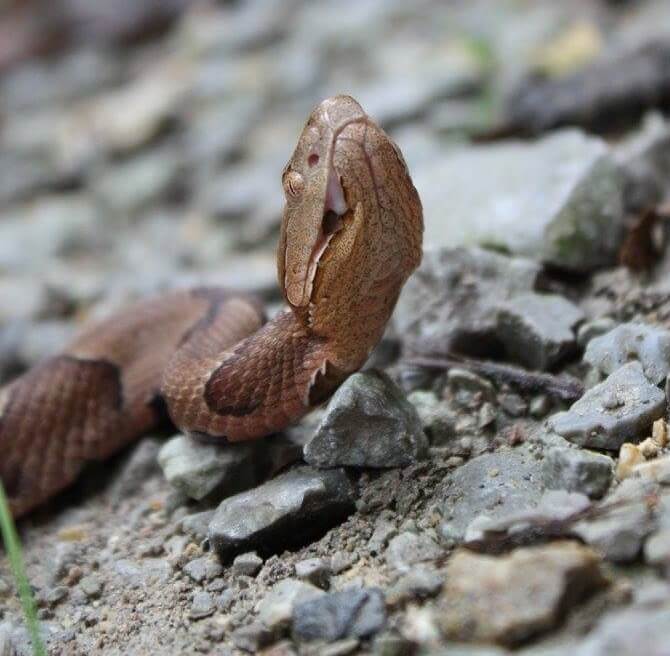
We arrived early afternoon on Friday and, even though we only had a few hours of daylight left, we decided to head to the south parking area with the intent of finding a unique feature known as The Cave. Almost immediately, three guys from our group came across a Copperhead. These beautiful snakes have thick contrasting bands of tannish pink and rusty orange going down their body. They are venomous, which is something we had to be aware of when taking pictures, but as long as we weren’t harassing or making it feel threatened it was very docile. While we were on the mossy rocks at the base of the bluff taking pictures, a baby Cottonmouth began slithering his way down the rocks. It was amazing to see two of the three venomous snakes at this location all within a few minutes and nearly on top of one another. We carefully moved our position in order to take the Cottonmouth pictures and, once we were satisfied, we came down from the rocks and continued our search for The Cave. However before we could get too far down the trail, night fell and we decided to head to the hotel for some much needed sleep.
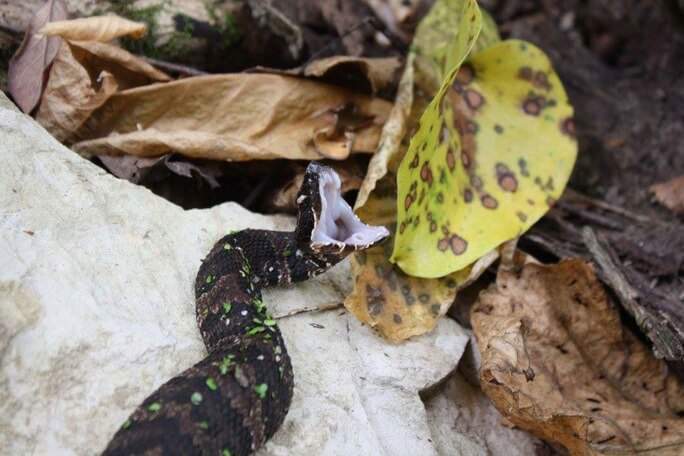
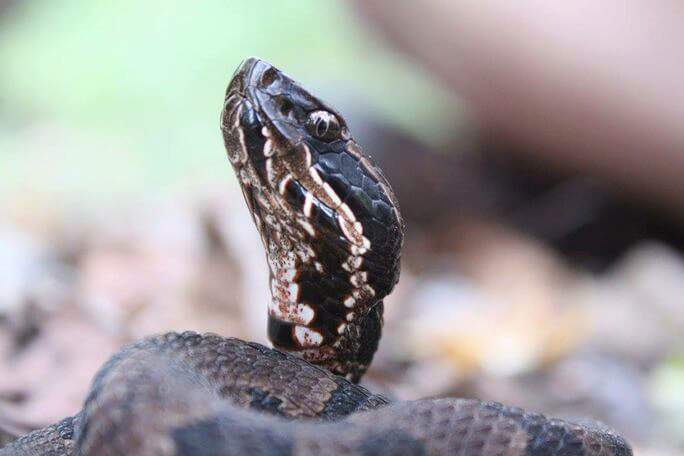
Saturday morning we were up early and ready to go. We arrived at the south end of Snake Road and continued our search for The Cave which we were told resides at the end of the trail. On our way we found Green Tree Fogs, Central Newts, a young Grey Rat Snake, Americanus millipedes and plenty of small Cricket Frogs. Not knowing exactly where The Cave was, we began to think we had missed it until, rounding a corner, we saw a small stream coming out of the wall. We’d finally found The Cave!
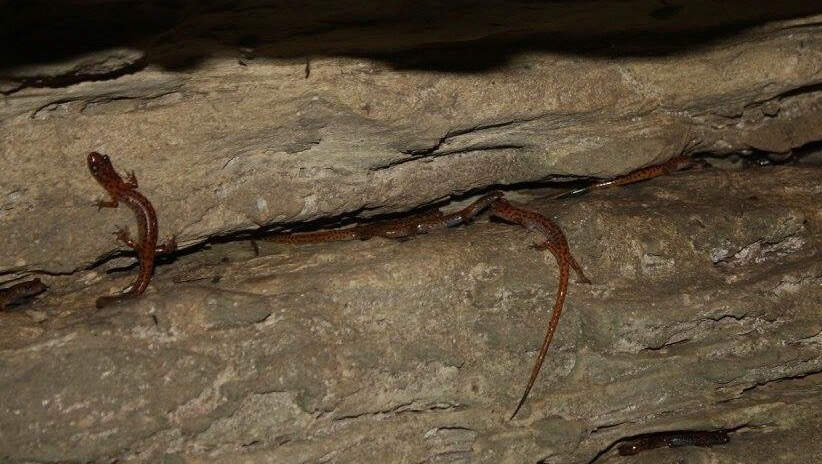
There was a small cracked depression in the rock wall with a shallow, foot wide stream coming out of the back behind some large rocks. While The Cave is actually located behind those rocks, our excitement was all about that small depression. This crevice is known for its dense population of Cave Salamanders. There were hundreds of them. They lined the walls from top to bottom. Everywhere you looked there were crevices filled with long, thin, bright red salamanders with bulging eyes staring down at us. It was one of the most incredible things any of us had ever seen. We spent at least 30 minutes rotating in and out of the crevice, taking turns filming and photographing. Then it was time to head back and explore the rest of what Snake Road had to offer.
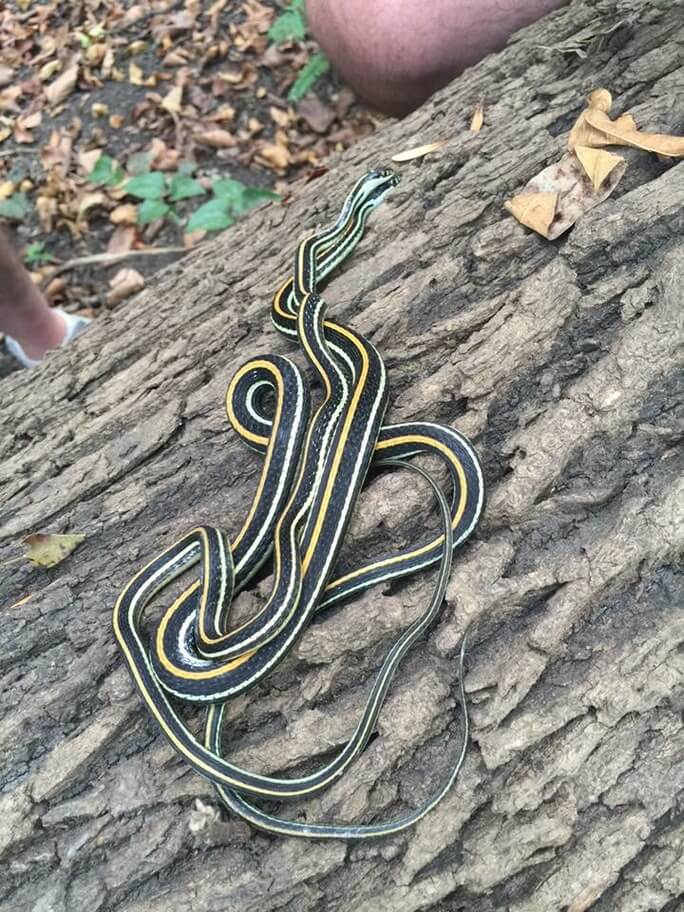
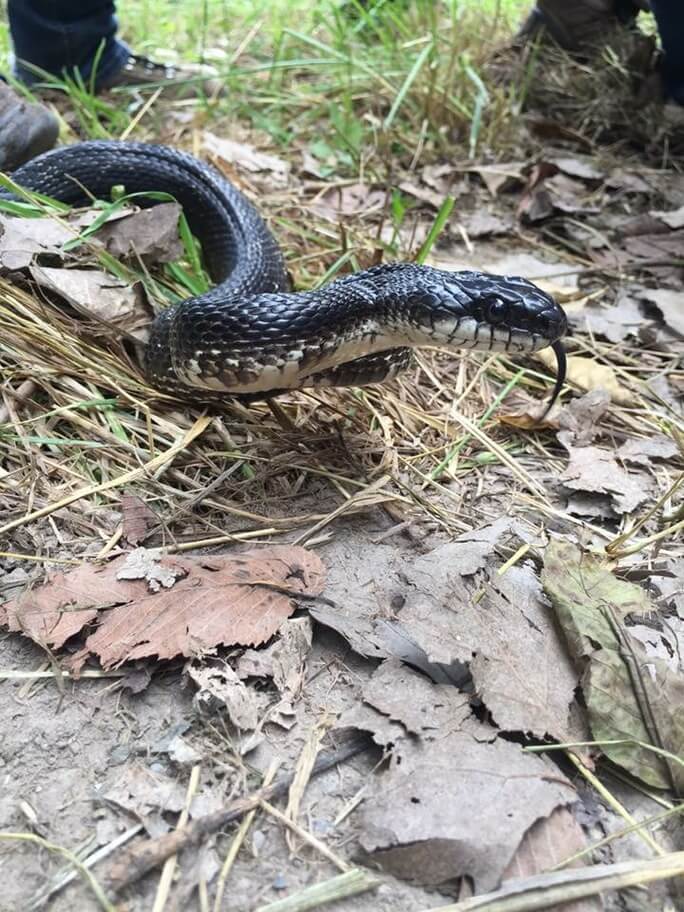
The semi-annual migration at Snake Road is a spectacle to behold. In either direction you can see snakes and lizards crossing back and forth. There are reptiles everywhere! We covered a lot of ground flipping rocks and logs while slowly walking the sides of the road. Over the course of our time there, we were lucky enough to find all three venomous snakes native to the area: Cottonmouths, Copperheads and Timber Rattlesnakes. Copperheads were the most common species found. These venomous pit vipers are called that because of the white flesh in the inside of their mouths which they display when threatened. While all three snake species are incredibly beautiful, you have to be respectful of their space and aware of your surroundings. Some of the snakes encountered were Dekay’s Brown Snakes, Red Bellied Snakes, Western Worm Snakes, Smooth Earth Snakes, Grey Rat Snakes, Plain Bellied Water Snakes, Diamondback Water Snakes, Ringneck Snakes, Rough Green Snakes and Western Ribbon Snakes. Lizards, in all stages of life from hatchling to adult, were a common sight as well. Quick and stealthy, they were very hard to photograph but we managed a few good shots. Some of the species found were Northern Fence Lizards, Broad Headed Skinks and Ground Skinks. Turtle, while common in the area, were usually deep in the swamp and rarely seen.
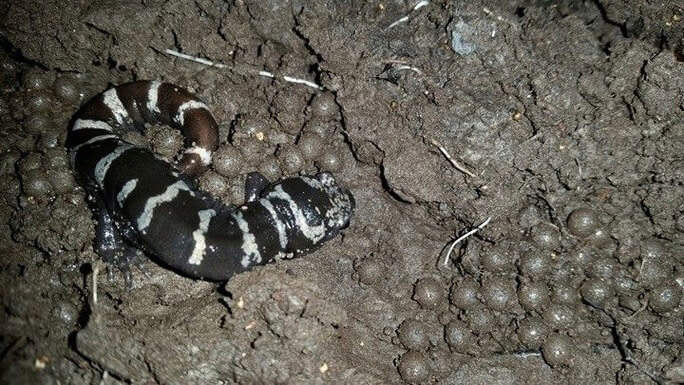
In addition to the reptiles out basking in the sun, we found a long list of amphibians as well. Frogs and toads lined the woods, small ponds and the banks of the swamp. Salamanders and newts were found under woodland debris and along cliff ledges and crevices where they hid in the moisture beneath rocks and in mosses. Finding some of the brightest and most beautiful salamander species was an incredible feeling. We saw many Central Newts and Long Tailed Salamanders while flipping logs but one of the most amazing finds was a female Marbled Salamander on a huge communal nest of eggs. This was something none of us had ever seen. Marbled Salamanders will nest their eggs together near water in autumn while waiting for the rains to raise the water level and sweep away their eggs. Another interesting amphibian encounter was the Lesser Siren. These aquatic, eel-like amphibians can sometimes be located in roadside ditches and in the surrounding swamps. A night of netting in the ditches by a couple of our companions produced two beautiful specimens.
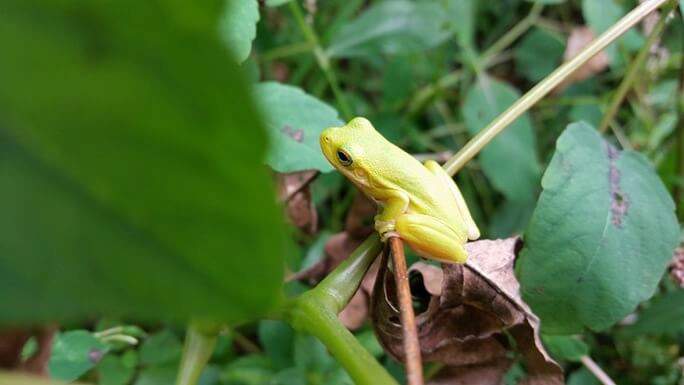
An important part of the ecosystem surrounding Snake Road is the toad and frog population. These highly abundant amphibians are a food source for many small snake species and baby snakes. Cricket Frogs, for example, make up a regular part of the diet for Cottonmouth babies and Rough Green Snakes. Gray Tree Frogs, Bird Voice Tree Frogs, Green Tree Frogs, Leopard Frogs and Bull Frogs are also common in the area and consider prey by many other predatory species. Because amphibians can ingest toxins through their skin, they are drastically impacted by pollutants and chemicals in the environment so a thriving frog and toad population is considered an indicator of a healthy ecosystem.
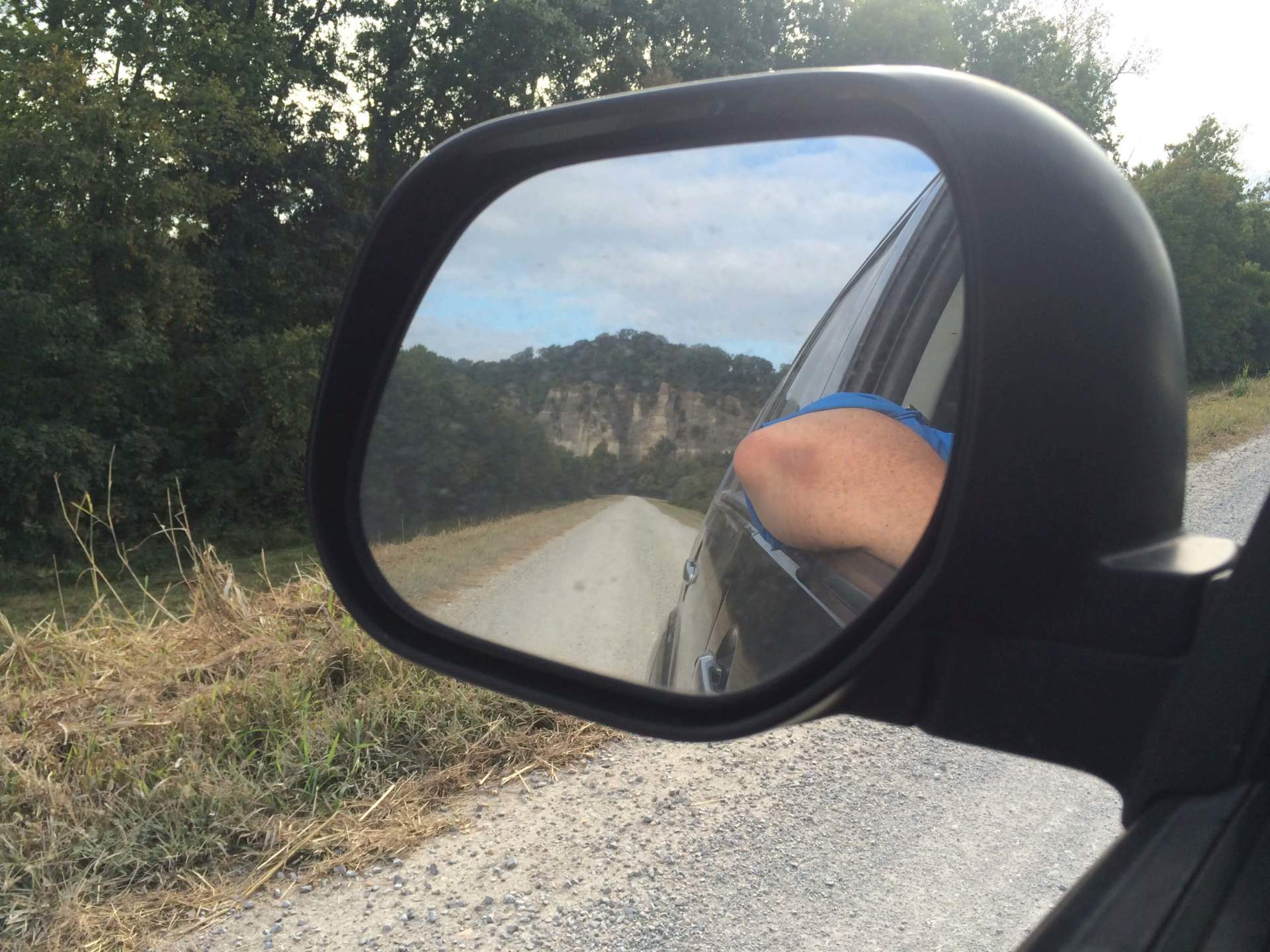
After two days on Snake Road, all of us were exhausted but no one left without a HUGE smile on their face. In total we found more than 30 different species of reptiles and amphibians. Getting into nature and encountering animals in their habitat is an incredible feeling that everyone should experience. Whether field herping, bird watching or just hiking, it’s important for all of us to take a step back from our busy lives and explore the world we live in. There are still so many species I want to find at Snake Road. I can’t wait to go back and walk the road again.
Ryan McVeigh
Zilla Brand Manager

